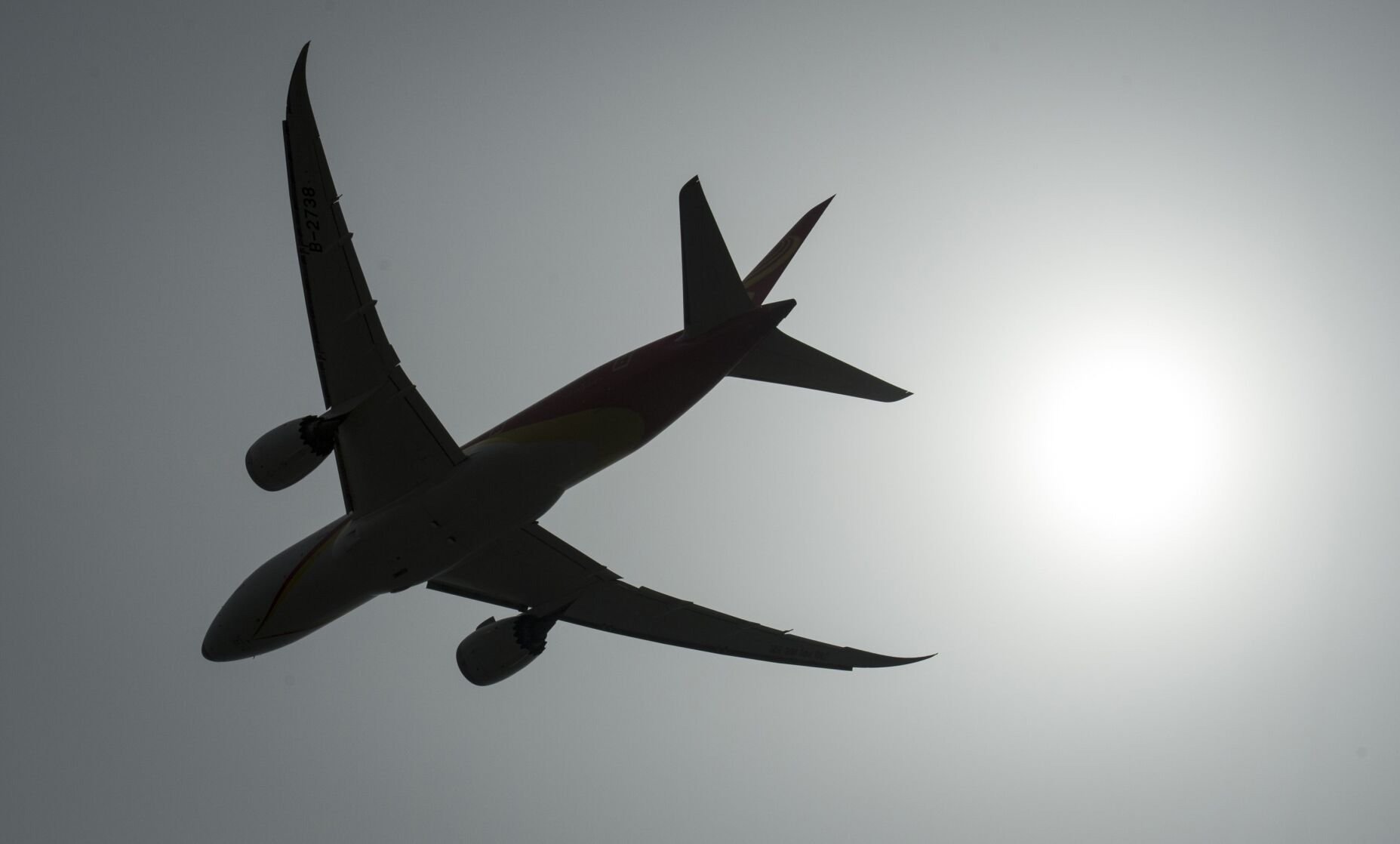Female pilots may be more consistent and accurate when flying in high-pressure scenarios, according to a small study out of the University of Waterloo.
The study, which matched 10 female pilots with 10 similarly experienced male pilots, ran participants through three scenarios, including one emergency engine failure. The female pilots were significantly faster at identifying the emergency and landing the plane safely, and were better at maintaining the required speed for landing.
ŌĆ£ThereŌĆÖs been this ŌĆ” discussion that women did not seem as welcomed in the flight deck,ŌĆØ said Naila Ayala, the lead author of the study and a post-doctoral fellow at University of WaterlooŌĆÖs Multisensory Brain and Cognition Lab. ŌĆ£Being able to shed some light on that is really where this study ŌĆ” came into play ŌĆö to really understand what differences there are, are there any differences at all, and hopefully open some positive discussion going forward.ŌĆØ
Previous research has shown biological differences between men and women in certain cognitive functions, Ayala said. Men seem to be better at visual-spatial tasks, while women appear to perform better at language ability tasks.
But little work has been done in understanding those differences in real-world scenarios, Ayala said. ThatŌĆÖs what she and the other researchers set out to do.
- Zeke Miller And Chris Megerian The Associated Press
Ayala said the study was inspired by diversity issues in aviation. Only six per cent of aviation workers are women, Ayala said.
The study comes at a time when diversity in aviation has become a political issue. Only one day after 67 people died in a mid-air collision between a passenger jet and U.S. army helicopter in Washington, D.C., in January, President Donald Trump suggested without evidence that diversity initiatives at the Federal Aviation Administration could be to blame.
And in the days following the crash in February at Pearson Airport of a Delta Air Lines flight,┬Āin which 21 people were injured, social media users blamed the pilot, a first officer who held an airline transport pilot certificate issued by the FAA, and labelled her a ŌĆ£DEI hire.ŌĆØ
“This is one of the first studies that was hoping to address some of the ongoing traditional assumptions in aviation regarding gender,” Ayala said.
Laurie Wilcox, a psychology professor at York University, ran a separate study comparing the susceptibility of men and women pilots to . The research is important, Wilcox said, because “a lot of the literature in the field of aviation over the years has been based on men.”
In the Waterloo study, pilots were run through three scenarios in a flight simulator. The first was considered easy ŌĆö pilots were told to land the plane in sunny conditions with no wind. In the second scenario, pilots were asked to land in clear skies but with a difficult crosswind on final approach.
And in the final scenario, pilots experienced an unexpected engine failure. Pilots had to identify the issue, manage it and land the plane as safely as possible.
The participants wore eye-tracking glasses and researchers gathered data on visual attention and their performance.
Male and female pilots were matched based on flight hours and flight ratings.
ŌĆ£Across the board, both of these pilot groups ŌĆ” were very well matched,ŌĆØ Ayala said. ŌĆ£No one had more expertise or flight hours or anything like that.ŌĆØ
The researchers didnŌĆÖt find any significant differences in the way pilots spread their visual attention ŌĆö but when it came to performance, the female pilots excelled.
The results were a surprise to researchers. A previous study on nuclear reactor operators found visual attention differed between males and females, but performance was the same, Ayala said. The Waterloo study discovered the opposite.
ŌĆ£We were kind of expecting to see the same,ŌĆØ Ayala said. ŌĆ£That in general was just surprising to us.ŌĆØ
The study was limited by its small sample size, but the initial results demonstrate the need for more research in this area, Ayala said, adding the researchers weren’t able to determine why female pilots performed better than men.
More studies should also be done with a bigger sample size of more experienced pilots, completing more aviation tasks than just one emergency scenario, Ayala said.
Beyond challenging gender assumptions, Ayala said the results could help improve pilot training.┬ĀWilcox agreed.
In her York University study, which has been submitted for publication but not yet been reviewed, Wilcox’s team found that both men and women were susceptible to aviation illusions in a simulator, despite being taught about illusions in training. That revealed a gap in current training that should be addressed.
“One of the important components of the work that we’re doing and the group at Waterloo is doing,” Wilcox said, “is the fact that we’re ŌĆ” paying attention to the differences, so that then maybe it can be addressed.”
Ayala suggests┬Āflight schools could use novel technologies to see what a pilotŌĆÖs strengths and weaknesses are, and train accordingly.
ŌĆ£It kind of, I think, opens the door with data showing that maybe the one-size-fits-all approach to training in aviation is no longer sufficient,ŌĆØ Ayala said. ŌĆ£I just think thereŌĆÖs more we can do with respect to research.ŌĆØ
























To join the conversation set a first and last name in your user profile.
Sign in or register for free to join the Conversation